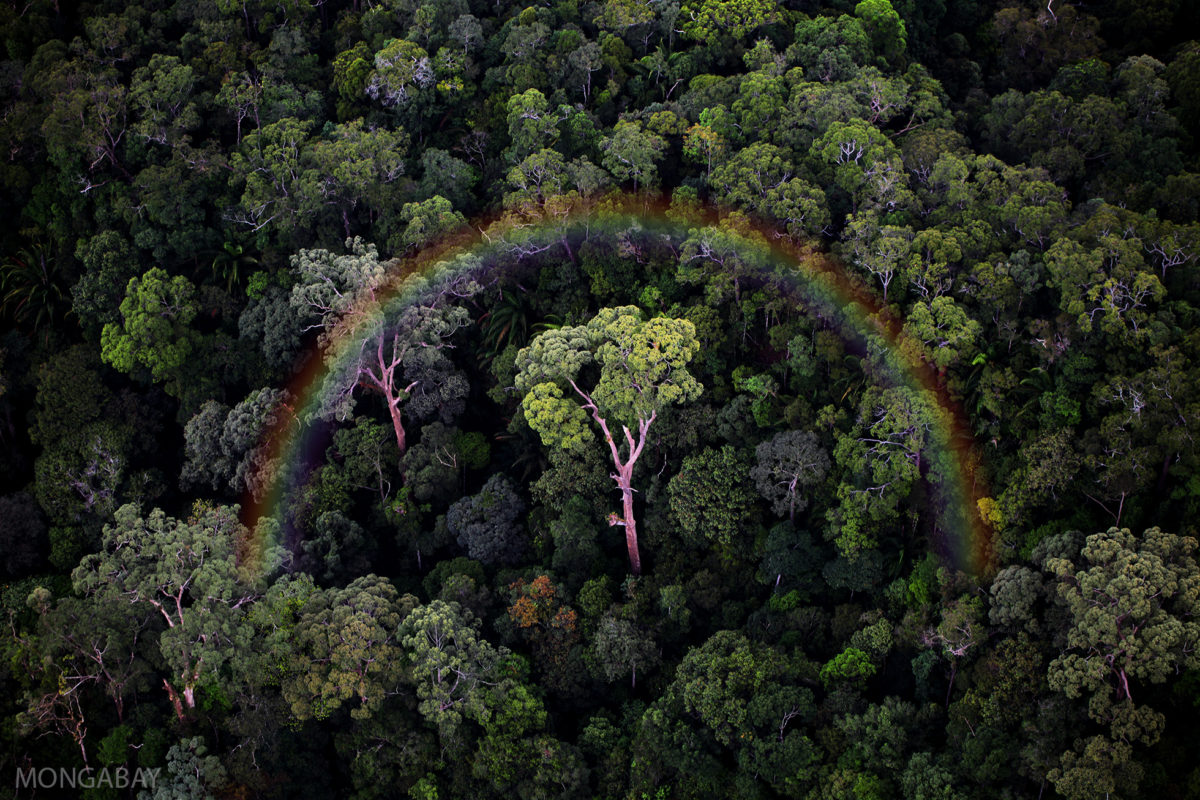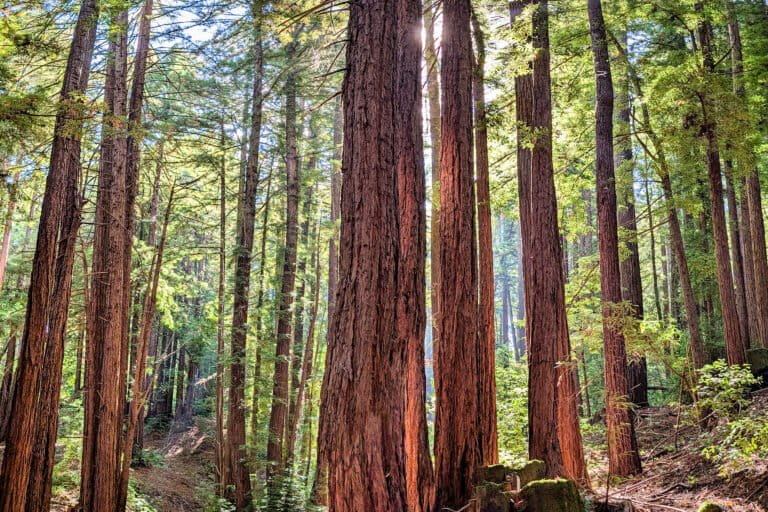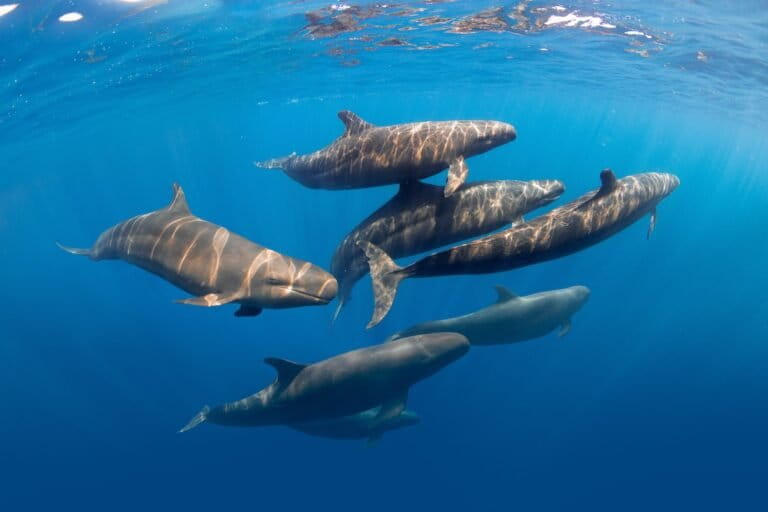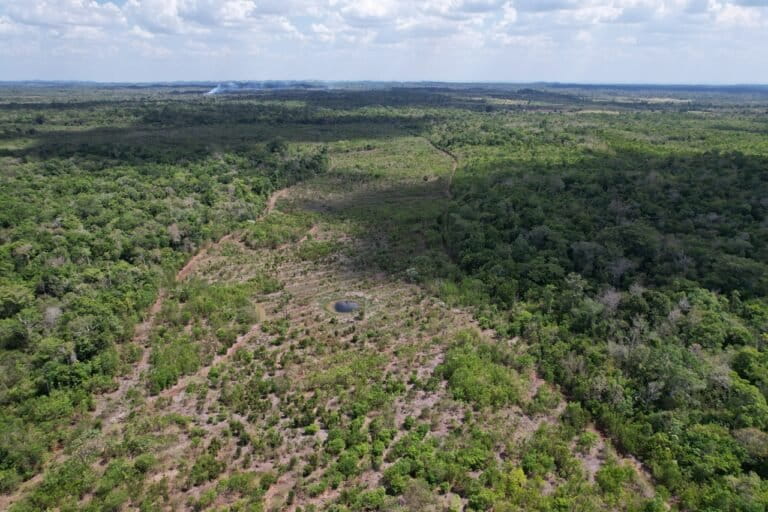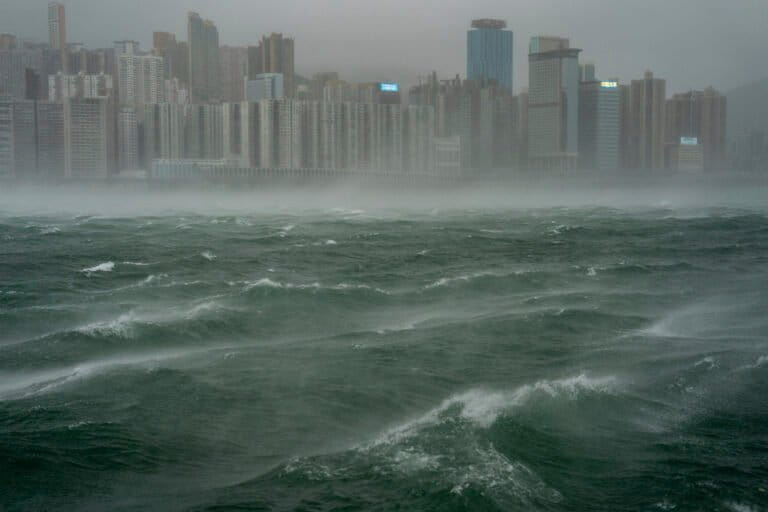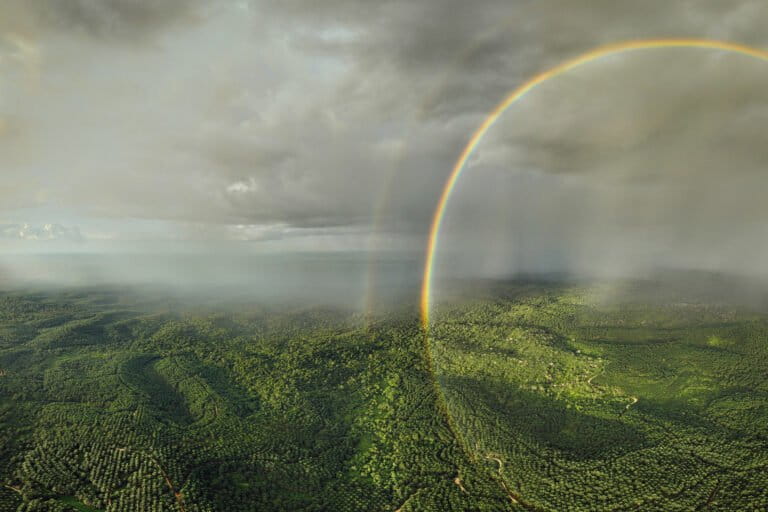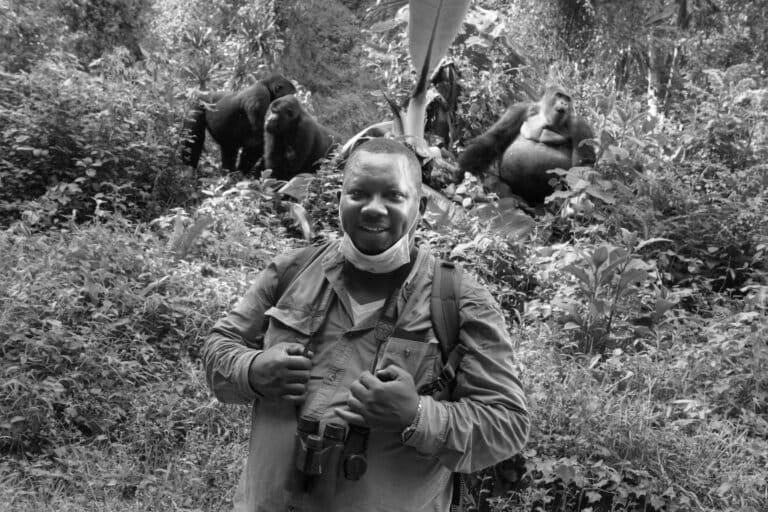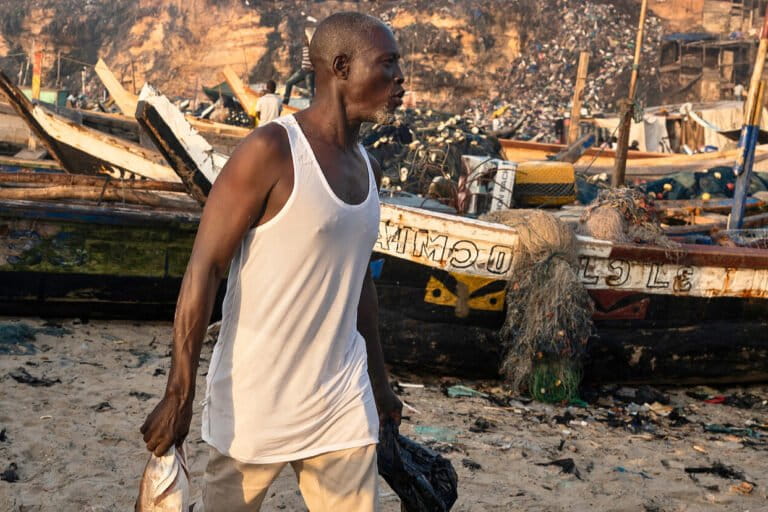- The protesters were showing their disapproval of a new coal-fired power plant currently under construction.
- Injuries were reported, with estimates varying from five to 50.
- Critics of the project say it poses threats to the nearby Sundarbans mangrove – the largest mangrove forest in the world – as well as to the health of thousands of local residents.
- The Bangladeshi government is supporting the project and insists it poses no danger.
A protest of a planned coal-fired power plant in Bangladesh turned sour on Thursday, when police reportedly confronted marchers with tear gas, rubber bullets, and water cannons in the capital city of Dhaka. Injuries have been reported, varying from five to more than 50.
According to police estimates reported by Reuters, around 200 protesters had gathered to show their opposition to the Rampal power plant, which critics say will disrupt the nearby Sundarbans mangrove and endanger the health of thousands of local residents. Organized by the National Committee to Protect Oil, Gas, Mineral Resources, Power and Ports, the protest was reportedly intended to be an eight-hour event.
But as the rally approached an intersection near Dhaka University Central Mosque, according to local news outlets, protesters were met by police.
“We used tear gas and water cannon after the protesters threw bricks at us,” Maruf Hossain Sardar, deputy commissioner of Dhaka police told Reuters.





The largest single tract of mangrove forest in the world today, the Sundarbans is home to many different kinds of aquatic and terrestrial plants and animals; it also provides important ecosystem services to coastal communities. Its ecological importance attracted the attention of UNESCO, which made the Sundarbans a World Heritage Site in 1997.
Just upstream from the Sundarbans, Indian- and Bangladeshi-run power companies are developing a 1,320-megawatt power plant on 742 hectares in a joint venture called the Bangladesh-India Friendship Power Co. Intended to bolster Bangladesh’s meager electricity supply, the plant is expected to start producing power by 2021.
But this power would come at a cost, say critics of the project. The coal needed to run the plant will need to be shipped through the Sundarbans mangrove upriver to the plant, which activists say will damage the environment if the transport vessels sink – an event that is not unprecedented.
Then, in 2016, UNESCO released a report on the project, concluding its operation would release harmful air pollution and damage water and river quality in the region. Based on its findings, UNESCO recommended either the cancellation of the Rampal power plant or its relocation to a more suitable site.

Yet the project has pushed forward, attracting criticism in Bangladesh and abroad. Several protests have been held in Dhaka and other Bangladeshi cities, and earlier this month the campaign expanded globally, with simultaneous protests held in cities around the world. Dubbed “Global Protest Day,” organizers say the event attracted around 4,000 participants.
But despite the opposition, Bangladesh’s government has given no indication that it’s going to back down from the project any time soon. When urged by former U.S. vice president Al Gore to not “build that dirty coal plant but double down on a more renewable source of energy,” during last week’s World Economic Forum in Davos, Switzerland, Bangladesh prime minister Sheikh Hasina downplayed concerns over Rampal’s potential environmental impact.
“We have taken all the steps so that [the] environment should not be affected,” Hasina said.


